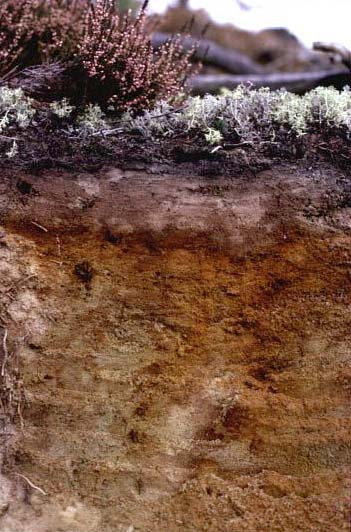
|
|
Aims
The soil subprogramme is primarily directed towards the dynamics of sulphur, nitrogen and heavy metals and the turnover of carbon in the soil system. Soil samples are collected every five years on a homogeneous plot (about 50x50 m) in the central part of the IM site adjacent to the vegetation intensive plot. The sampling points are distributed over the soil plot as a whole each time. Soil is sampled at different depths using soil core samplers or soil augers or at greater depths by digging. Samples are taken from humus layer (mor layer) and in the mineral soil at 0-5 cm, 5-10 cm, 10-20 cm, 20-30 cm, 30-60 cm and about 80 cm. From surface to 20 cm six composite samples for each layer are formed from thirtysix individual samples. A smaller number of large individual samples are taken at greater depth. Thickness of soil layers and the tree species and number of individuals and their girth is recorded. An initial inventory of soil type, soil layer thickness, texture, boulder quantity, slope and soil moisture classes is conducted in the catchment as a whole close to the vegetation circular plots.
Variables |
 |
|